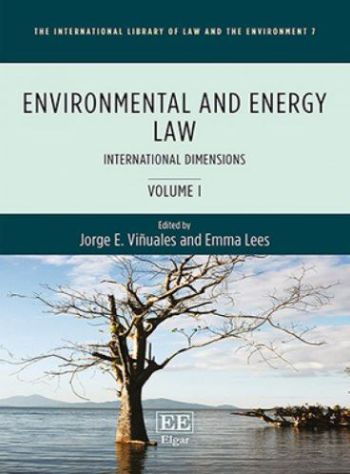We will be closed from 5pm Thursday 17th April for the Easter Bank Holidays, re-opening at 8.30am on Tuesday 22nd April. Any orders placed during this period will be processed when we re-open.

This three-volume research collection covers the main topics and dimensions of environmental and energy law in its contemporary expression. It provides foundational material for those interested in understanding the development of the field and conducting research on the myriad of questions raised by transitions to sustainability. Particular emphasis is placed on the systematisation of the material.
Volume 1 focuses on international dimensions, covering principles, substantive areas of regulation and implementation techniques. Volume 2 covers the European dimensions broadly understood, including EU law and other regional approaches (the UNECE and the Council of Europe), and distinguishing sector-specific and transversal regulation. Volume 3 focuses on the domestic, comparative and transnational dimensions and major questions arising from selected jurisdictions.
Edited by two leading experts in the field, this collection will provide a solid foundation for the study of environmental and energy law.'